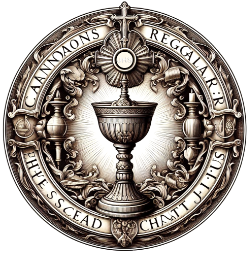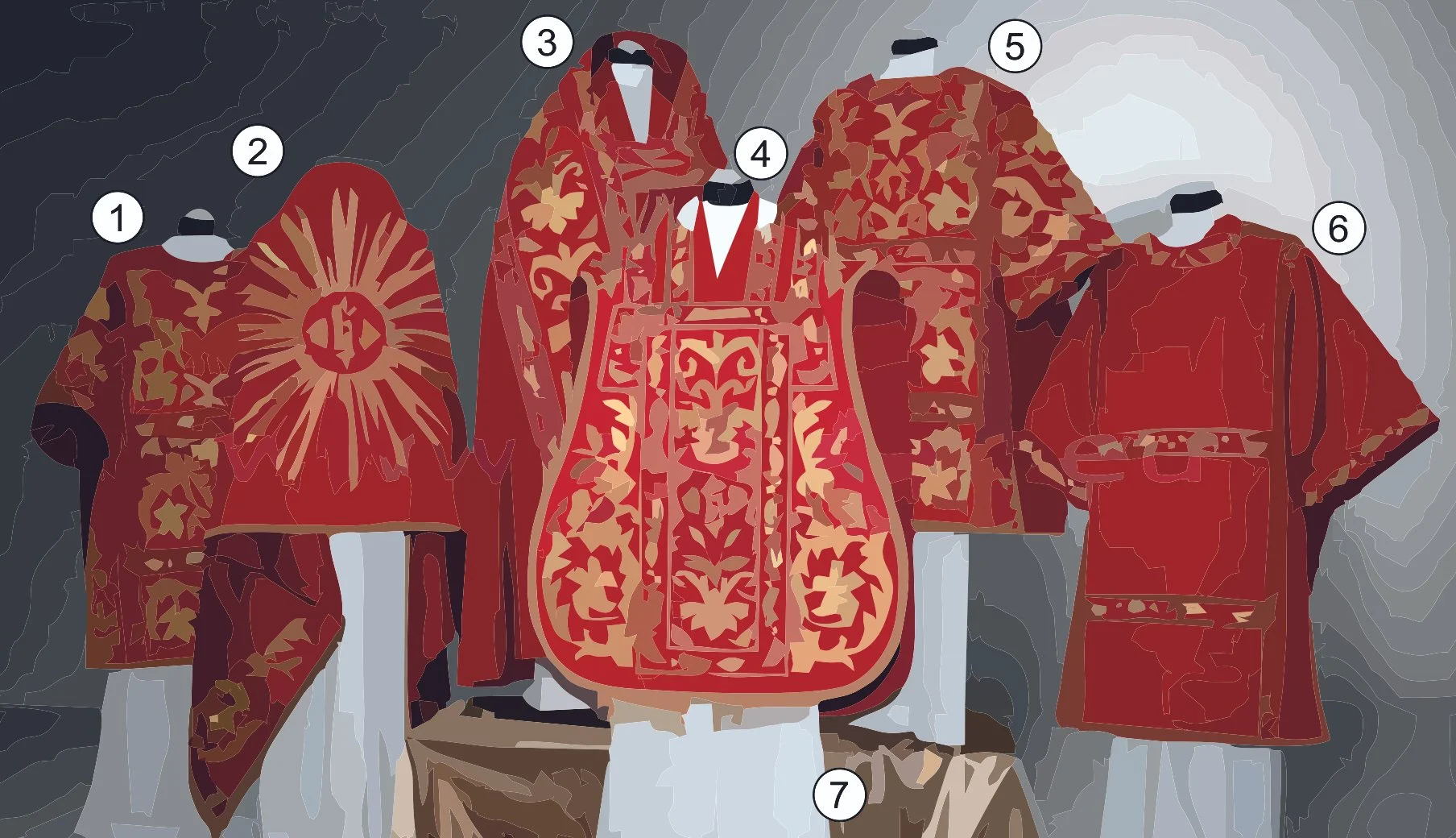Ceremonies Explained for Servers may well be called the "mother of all servers' manuals". This is the most detailed guide available for servers and those who train and supervise them at the altar.
In accessible language, Ceremonies covers the roles of servers in a wide range of Catholic liturgical celebrations. These are described in full, such as: the Mass in both the Ordinary and Extraordinary forms, the seven sacraments, the ceremonies of Holy Week, the Liturgy of the Hours, funeral rites, the liturgies that are celebrated by a bishop and major blessings.
Ceremonies also provides accurate explanations for each of these rites, with Catholic teaching on the liturgy and sacraments and a history of the ministry of servers. The skills, techniques and discipline involved in serving are explained, such as: how a procession should move, how to assist with incense, team-work and responding in emergencies and unforeseen situations.
A spirituality of this ministry runs through the manual, with an underlying theme of service and vocation. In an encouraging personal way, Ceremonies sets out high spiritual ideals that can inspire and guide those who enhance Catholic worship through their ministry.
[in]vestments
👗 Vestments hold both practical and profound symbolic significance in Catholic liturgy. They aren’t simply ecclesiastical fashion; each garment is rich with meaning that reflects the sacred mysteries being celebrated.
🕊️ Theological and Symbolic Meaning
Manifestation of Sacred Office: Vestments signify that the minister acts in persona Christi—in the person of Christ—especially during the celebration of the sacraments.
Distinction of Roles: Different vestments distinguish the ranks and liturgical functions of bishops, priests, deacons, and servers, reflecting the order and harmony of the Church.
Signs of Virtue: Each vestment embodies spiritual virtues. For example:
Alb symbolizes purity.
Stole represents authority and the yoke of Christ.
Chasuble conveys charity, the “bond of perfection” worn by the priest in the Eucharist.
⛪ Liturgical Context and Continuity
Rooted in Tradition: Vestments link today’s liturgies to ancient Christian worship, evoking centuries of continuity.
Visual Theology: Through colour, form, and gesture, vestments express the liturgical season and the mystery being celebrated—like violet for penitence or white for joy and resurrection.
🧵 Aesthetic and Spiritual Beauty
Elevate Worship: The beauty and solemnity of vestments help set the liturgy apart from everyday life, drawing the faithful into the transcendent.
Sacramental Sensibility: Vesture, like all sacred signs, invites deeper engagement with the mystery—it speaks not just to the intellect but to the imagination and the heart.
Items 1, 5 and 6 are called Dalmatic, and are specific to the ministry of the Deacon, both during Mass and other liturgies as well, for example Eucharistic Exposition. Item 4 is called Roman Chasuble or sometimes Fiddleback Chasuble, due to its shape. It is used during mass mostly, by the priest or a bishop. Item 3 is a Cope, usually a full-length cape, right down to the heel and is used in a variety of occasions, from Eucharistic adoration, to funerals, wedding liturgies, etc. Item 2 is a Humeral Veil, specifically used to hold the Monstrance, a metal piece containing a consecrated Host, during a Blessing of the Eucharist, or when transporting the Monstrance in a Procession. The Humeral Veil goes atop the Cope and wraps the hands of the celebrant, to prevent direct touching of the Monstrance with bear hands. There is a theological and liturgical reason for this, but let’s keep it simple at the moment. Item 7 is the Alb, which is worn tightened at the waist with a cord called the Cincture (not shown).




